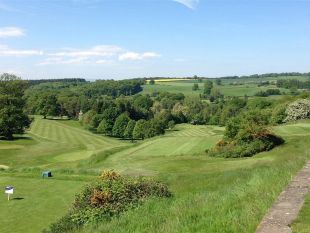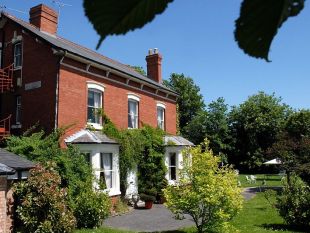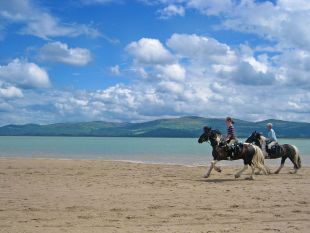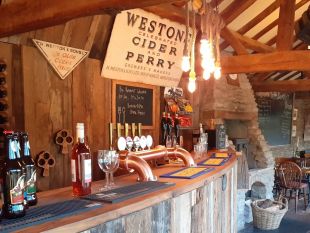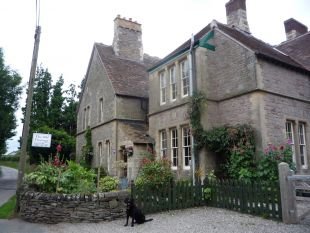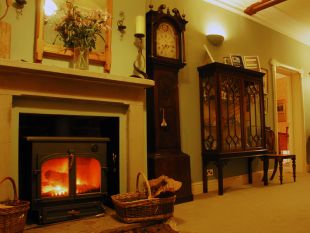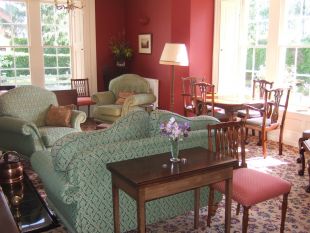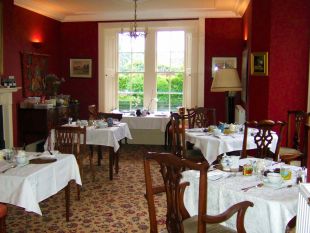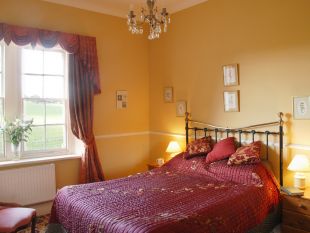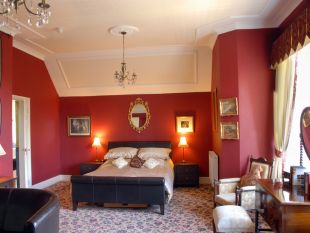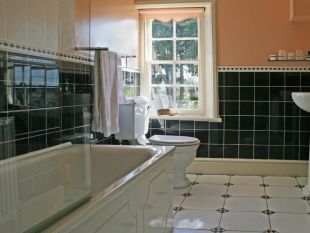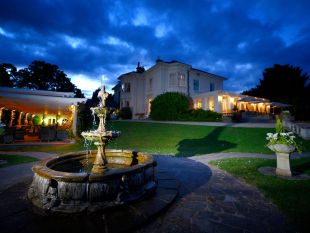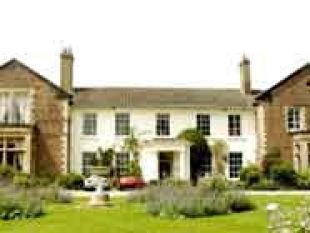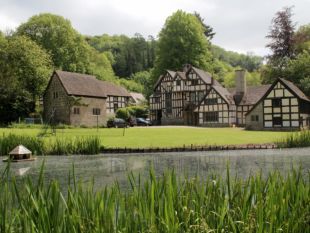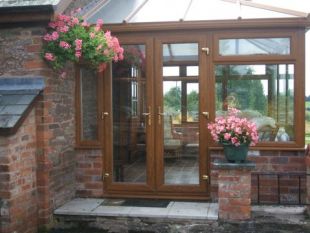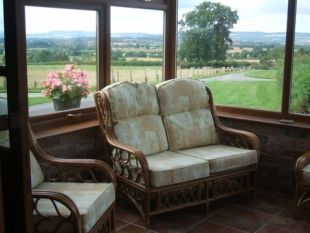Herefordshire
Let us help you plan your ideal vacation in Herefordshire...
To fully explore the cider-making county of Herefordshire requires a certain level of fitness, although this has nothing to do with the region's favourite brain-numbing tipple.
It's just that this is the ideal place to abandon the motor car and enjoy some of its more calorie-busting activities. Here you can happily go white-water rafting, take out a canoe or kayak, walk, ride, climb, abseil, fish or even try your hand at caving.
This Midlands county offers the best of all worlds, from sedate, pastoral scenery to dramatic river valleys, quaint villages packed with pretty black-and-white buildings, mighty castles - and heart-pumping exercise!
Lying on the Welsh border, it also offers more than 200 historic gardens, a majestic 11th century Norman cathedral, a beautiful capital city and a rare sense of quietude.
Among significant places of interest are the Wye Valley, dominated by a gorge at Symond's Yat, the ravishing Malvern Hills, the mountain-flanked Golden Valley and the 8th century defensive earthwork Offa's Dyke.
Perhaps its two greatest treasures – housed at Hereford Cathedral - are the world's largest chained library and the 13th century Mappa Mundi, one of the earliest maps. The latter was created at a time when Jerusalem was considered the centre of the known world.
Some of the greatest landscape designers worked in the county, including Lancelot 'Capability' Brown and Humphrey Repton, and Herefordshire was the epicentre of the so-called 'Picturesque' movement which swept Europe in the 19th century.
The visitor's first impression of this bucolic landscape is of a backwater locked in a time-warp and hardly industrialised. Indeed, it is ripe with pastures and fruit-laden orchards. In spring comes fragrant blossom while autumn is awash with the berries of mistletoe.
Many of the region's villages have a timeless quality but one of them, Eardisland, is widely thought of as the prettiest village in the Midlands. The glorious River Wye meanders through the county, springing up from the Black Mountains in the south. Constantly changing, it is a Mecca for water-sports enthusiasts.
An important stop-over is Hay-on-Wye, which is now a major centre for bookshops and hosts the International Festival of Literature. In the east of the county, the Malvern Hills run along the border with Worcestershire, rising dramatically from rolling countryside. They inspired the Worcestershire-born composer Edward Elgar and offer not only breathtaking views but one of the finest walks in England.
One of the summits is the 1,000ft Herefordshire Beacon, topped by the Iron Age hill fort 'British Camp'. According to legend it was here that the Romans captured the heroic British chieftain Caractacus, king of the Catuvellauni.
The great Saxon city of Hereford was one of the first towns to be founded in England following the departure of the Romans. It was turned into a fortified settlement by Alfred the Great and by the 10th century had its own mint and a weekly market. Later it was guarded by a Norman castle and a city wall.
During the Middle Ages the region became a key centre for the wool and leather industries, gaining a well-earned reputation for brewing in the 17th century. Even today its most famous company is the cider-maker H.P.Bulmer.
The noted beauty spot of Golden Valley, through which the gentle River Dore runs, lies near the border with Wales and is largely an unspoiled landscape with many footpaths and bridleways.
Ruined Abbey Dore is a former Cistercian monastery built in the 12th century. Other key historic buildings include the sumptuous stately home of Berrington Hall; 12th century Goodrich Castle; mock-Gothic Eastnor Castle, and the remarkable Hellens Manor. Built in the 11th century, the Manor boasts haunted rooms and a wealth of period furnishings, paintings and decorations with heirlooms of Ann Boleyn, Mary Tudor and Charles 1.
The famous earthwork Offa's Dyke was constructed around 785AD by King Offa of Mercia to create a new frontier with Wales. It ran north-to-south from the mouth of the River Dee to the mouth of the River Severn, and some 80 miles of it still survive.
Read More
